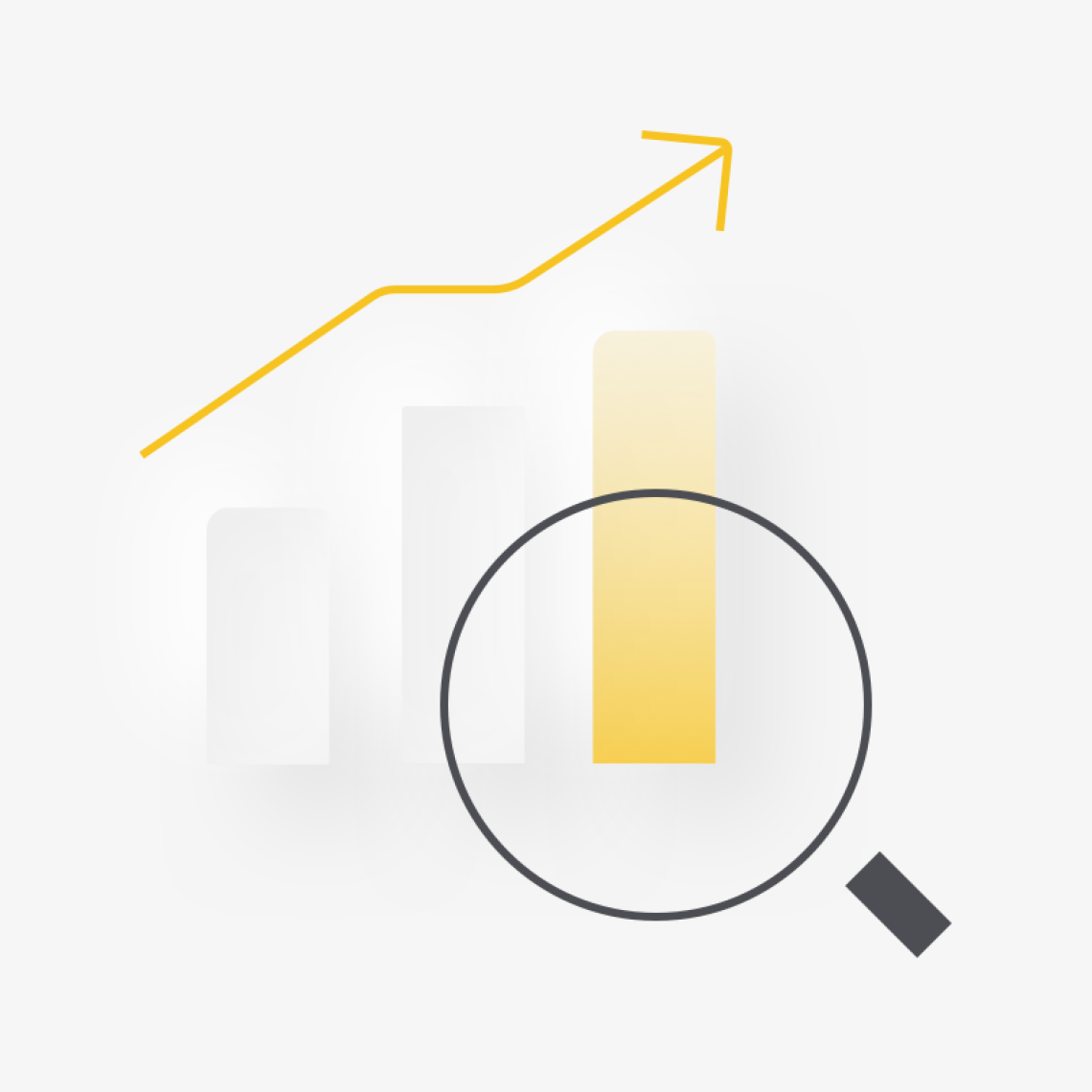By becoming more data driven in their decision making.
That is the focus of a multi-part video seminar on data-driven decision making. The seminar is based on the research report "From Gut Feelings to Data-Driven Decision Making.”
The first session was on Real-time Transportation Market Intelligence. Why is it important? How can companies use this market intelligence to improve their transportation operations? What is the business case and how do you get started?
Those are the main questions I explored with Rob Moen, Truck Lead at Cargill, and Mark Schueller, Business Development Manager, Market Intelligence at Transporeon. I encourage you to watch the full video for all of their insights and advice, but here are some highlights from our conversation.





